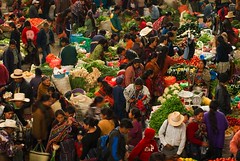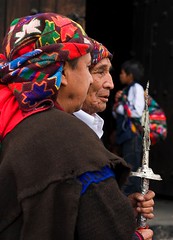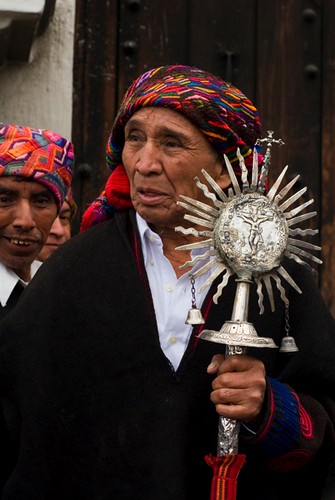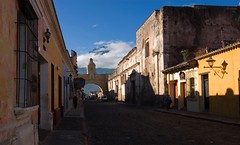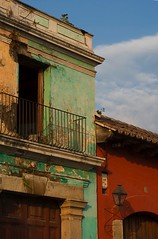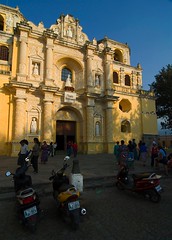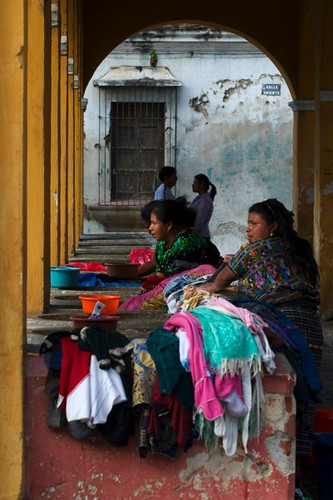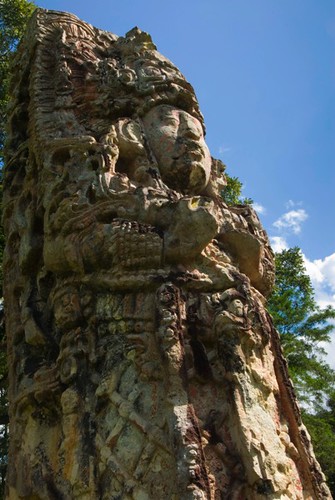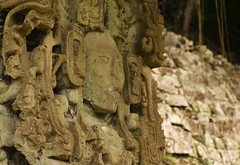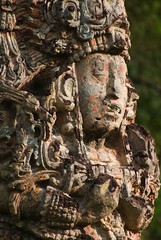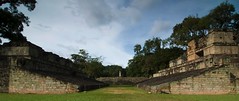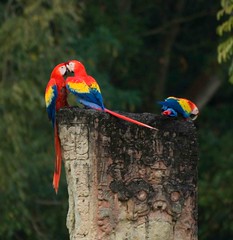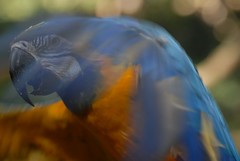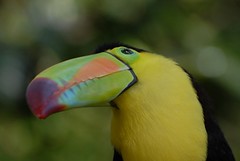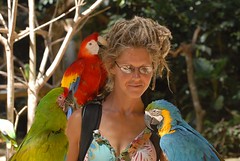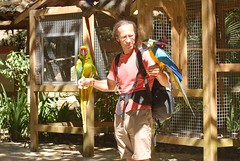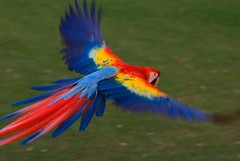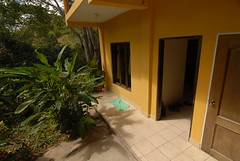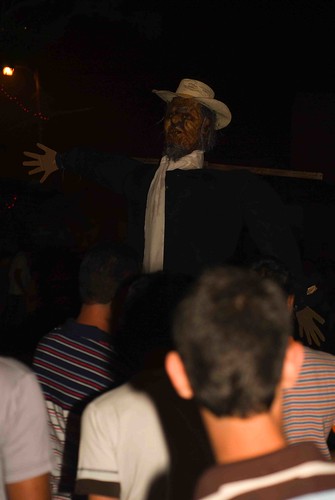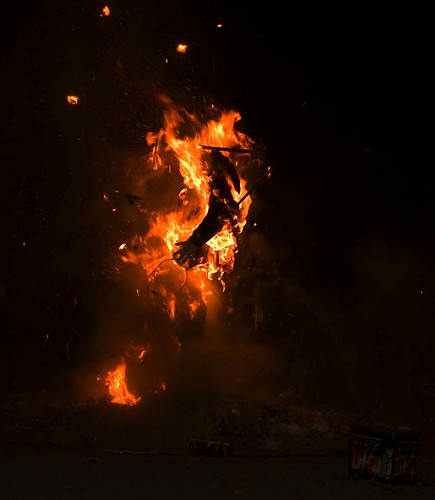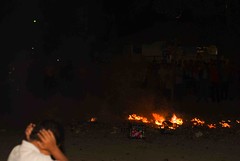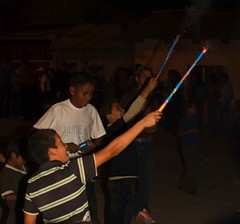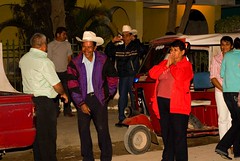After Chichi market I wanted to visit two nearby places which were – are – central in the Spanish conquest of this part of the Americas, the subjugation of the Mayas and the preservation of the Mayan creation myth.
In 1524, Pedro de Alvarado was sent by Hernán Cortés to conquer the southern highlands of what would become Guatemala. This area was home to a number of different Mayan tribes, dominant among them being the K'ichee' who had themselves conquered neighbouring tribes and had their capital on a ridge. The capital was a medium-sized Mayan city called K'umarcaaj and now known by the Nahuatl name of Utatlan. Not as grand as Tikal or Copan but still comprising stone stepped pyramids, open plazas, a ball court and elite residences. It was a flourishing city at the time of the Spanish conquest. It had only been settled about 1400 on a ridge surrounded on three sides by steep, pine-clad ravines. The Spanish knew they would have to bring the K'ichee' under their domination if the conquest of this area was to be successful.
The Spanish enlisted the help of a neighbouring tribe and attacked the K'ichee' who they defeated in battle. The K'ichee' kings then invited them to the capital under truce. The Spanish arrived, kidnapped the two K'ichee' kings and burnt them alive at the stake in the central plaza, beneath the three temples dedicated to the gods credited with creating the world and the Mayan people - Tohil, Avilix and K'ucumatz.

Utatlan today with the remains of ceremonial fires
I wanted to see K'umarcaaj. Today it is a small, unrestored archaeological site open to the public. My reaction was one of deep sadness. Much of this the result of the barbarous killings enacted here. Part was also to do with the feel of the site today. It has little money to fund its care and it appears as a cross between a neglected park and a neglected recreation ground. Stubby grass, a bare concrete or limestone stucco floor to the central plaza, electricity poles and burning fires reek of desolation. Mayan people coming to the site to hold ceremonies in a place still sacred to them, and perhaps to commemorate the acts that happened here, make the fires along with burning incense and candles.
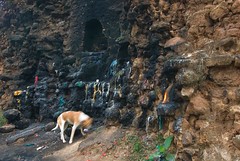
Shrine carved into the crumbling remains of the temple dedicated to Tohil
Another reason for the bare appearance of the city is that the Spaniards robbed most of the stone from Utatlan to build the Catholic church in the nearby ‘new town’ of Santa Cruz de Quiche. The white-painted church towers over the town.
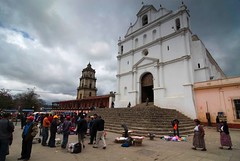
The church of Santa Cruz de Quiche, built of stone robbed from Utatlan
Back to Chichi where a significant event occurred in 1702 that was to help preserve a significant aspect of K'ichee', and Mayan, culture. A group of K'ichee' bravely showed Friar Francisco Ximénez of the convent at Chichi a copy of the K'ichee' Popol Vuh, or tribal council book, in 1702. I say bravely because the Catholic priests burnt nearly all Mayan books or codexes as anti-Christian. Instead of following the inquisitional orthodoxy, Ximénez copied the original he was shown from the Mayan hieroglyphs to Latin script. The Popol Vuh recorded the K'ichee' creation myth featuring hero twins and a history of the K'ichee' tribe. Without the friar’s act of academic interest all of this would have been lost to the flames. The Popol Vuh is now the key document for understanding Mayan cosmology, creation mythology and the immediately pre-Colombian history of the Guatemalan highlands.
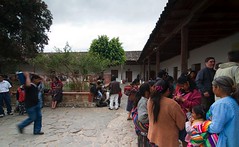
Mayans and tourists mingle in the cloisters of the convent in Chichi
Getting There
From Chichicastenango get a chicken bus to Santa Cruz. It is only about 30 minutes. The bus arrives at the Santa Cruz bus terminal. Minibuses to Utatlan - signed Las Ruinas on their front - leave from the central park. Either take a tuk tuk and the driver will drop-you off at the correct spot or walk north for four blocks and west for two. It is about 10 minutes by minibus to Utatlan. They take you right to the entrance. To return to Santa Cruz go down to the main road, about a five minute walk, and wait. The minibuses are frequent and it is easy to visit Utatlan and return to Chichi in an afternoon.


